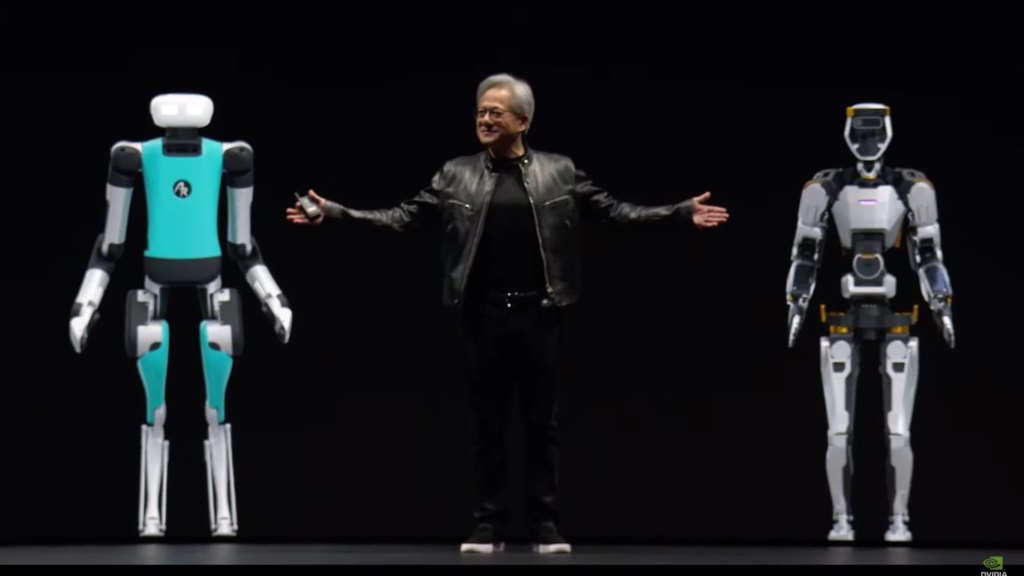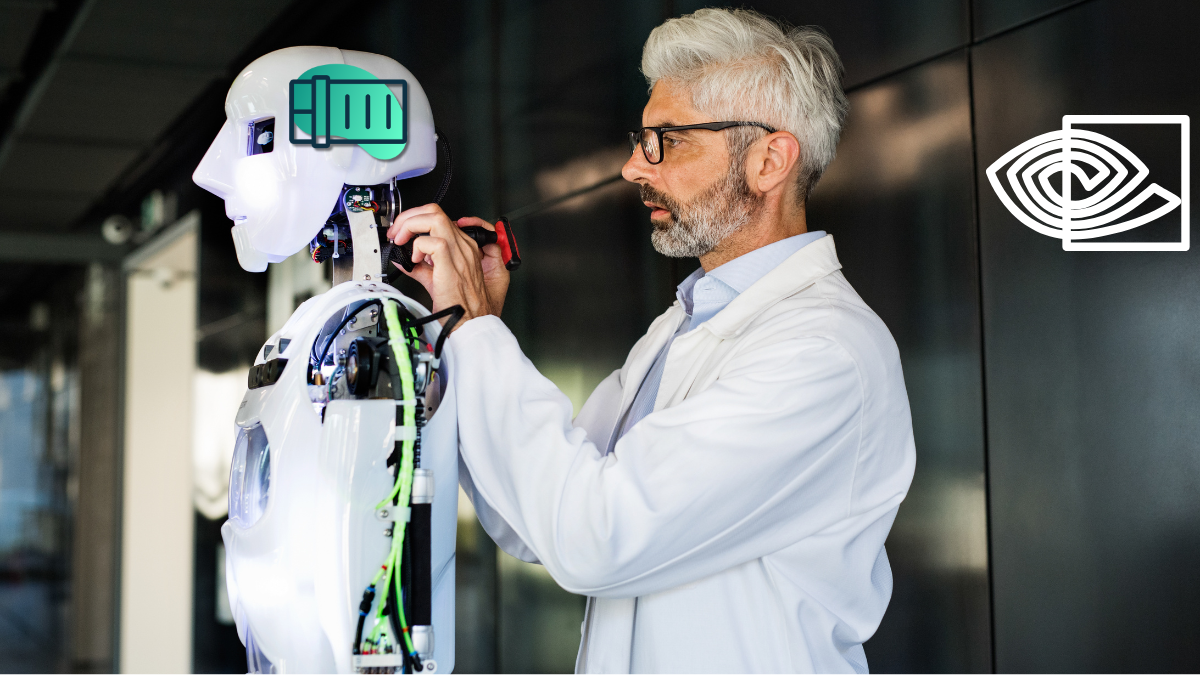The robotics market is poised for unprecedented growth, and Nvidia, the AI chip giant, is steering itself toward this horizon. With its robust portfolio of AI accelerators and GPUs already dominating the AI landscape, Nvidia’s pivot to robotics marks its entry into what could be its next monumental venture. This article explores how Nvidia plans to replicate its AI chip success in the robotics industry, leveraging cutting-edge technologies, strategic partnerships, and transformative innovations.

Follow us on our Official WhatsApp channel
The Robotics Tipping Point

Image: BW BusinessWorld
Deepu Talla, Nvidia’s Vice President of Robotics, recently declared, “The ChatGPT moment for physical AI and robotics is just around the corner.” This statement underscores the company’s belief that robotics is reaching a critical inflection point. Just as ChatGPT revolutionized conversational AI, robotics could soon undergo a comparable transformation. Nvidia’s strategy hinges on being the go-to platform for this evolution.
Central to Nvidia’s robotics ambitions is its Jetson platform—compact AI-powered computers designed for robotics applications. The latest addition, Jetson Thor, promises to elevate robotics capabilities by combining Nvidia’s Omniverse simulation tools with advanced generative AI. This approach bridges the ‘sim-to-real’ gap, enabling robots to learn complex tasks in simulated environments before executing them in the real world.
Leveraging Generative AI and Simulations
Generative AI models are one of two breakthroughs driving Nvidia’s optimism in robotics. These models, trained on vast datasets, enable robots to comprehend and respond to complex scenarios. Coupled with advancements in simulation technologies, Nvidia can fine-tune robotic behavior in virtual environments before deployment. This approach has not only streamlined development but also reduced the costs and risks associated with real-world testing.
[RELATED: AI in Healthcare: A Game-Changer or Risk?]
Interestingly, Nvidia’s use of its PhysX engine—originally developed for gaming—illustrates this dual-purpose approach. A popular online comment noted, “PhysX was too expensive for games, but it’s now used to train robots.” This adaptability exemplifies Nvidia’s knack for repurposing technology to address emerging markets.
Strategic Partnerships and Investments
Nvidia’s collaborations underscore its commitment to robotics. Investments in companies like Figure AI, which raised $675 million from Nvidia and other tech leaders, hint at the company’s broader ambitions. Similarly, partnerships with startups like Apptronik and Google’s DeepMind subsidiary reflect Nvidia’s vision of integrating AI and robotics across diverse applications.
One user insightfully observed that Nvidia’s “GEAR lab specializes in inverse kinematics”—the mathematical foundation for robotic movement. By tokenizing movement coordinates instead of words, Nvidia’s models can teach robots to walk, grasp, and traverse obstacles. Such innovations could redefine robotics training paradigms, enabling robots to perform tasks previously considered infeasible.
Addressing Public Sentiment
While the technological advancements are impressive, public sentiment remains mixed. A common critique highlights ethical concerns, particularly the potential replacement of human labor. One user commented, “Current tech trends seem driven by the desire to actively replace human labor,” reflecting apprehensions about the socioeconomic impacts of robotics.
Such skepticism parallels earlier AI-driven booms. Another user humorously remarked, “Because AI bubble, so they’re changing to robot bubble.” These sentiments highlight the challenges Nvidia may face in gaining widespread acceptance for its robotics ventures.
The Path Ahead
As Nvidia ventures into the robotics market, it faces stiff competition from established players and emerging startups. However, its track record in AI chips, combined with its strategic investments and technological innovations, positions it as a formidable contender.
The robotics market’s growth potential is staggering. BCC Research projects it to soar from $78 billion to $165 billion by 2029. Nvidia’s ability to capitalize on this growth will depend on its execution and its capacity to address ethical and societal concerns surrounding robotics.
Conclusion
Nvidia’s entry into the robotics market is a calculated move that builds on its strengths in AI and computing. By leveraging generative AI, simulations, and strategic partnerships, the company is well-positioned to shape the future of robotics. However, as the industry evolves, Nvidia must navigate both technical and societal challenges to ensure its robotics ambitions align with its legacy of innovation and impact.
With breakthroughs like Jetson Thor and collaborations with industry pioneers, Nvidia is set to make its mark. The question remains: will its robotics success mirror its dominance in AI chips? Only time will tell, but one thing is certain—the robotics revolution is just beginning.

